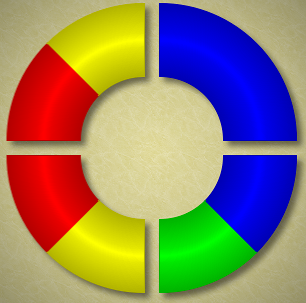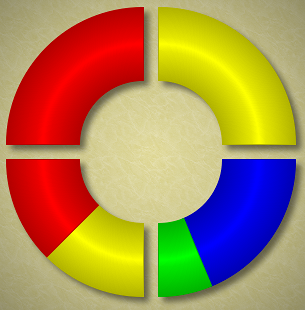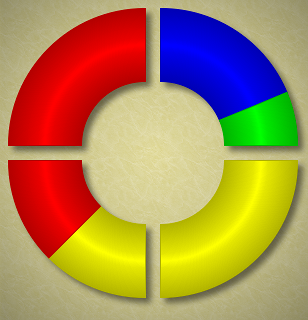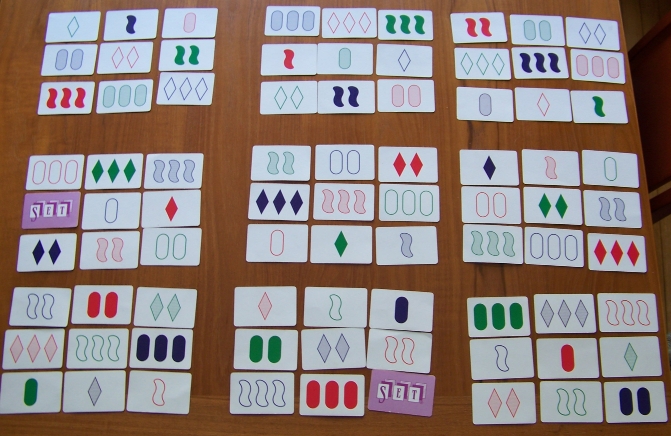Professor Bock came to his office at the Math Department of Deys University and discovered that someone had broken in. Luckily he had a lunch scheduled with his friend Detective Radstein. Bock complained to the detective about the break-in and the detective agreed to investigate.
Nothing was stolen from the office. It looked like somebody had just slept on Professor Bock’s couch. The couch was bought recently and it was positioned so that it was impossible to see it through the tiny window of the office door, which had been locked. Interestingly, Professor Bock’s office was the only one with a couch. The detective concluded that the person who broke in knew about the couch and thus was from the Math Department. In addition, the couch was very narrow and couldn’t possibly sleep more than one person.
Investigating crimes at the Math Department of Deys University was very easy. This was due to a fact discovered by Detective Radstein on a previous case: every member of the department was one of three types:
- A dodger who always tells the truth and answers the question directly, with one exception. If such a person is guilty and asked to confirm that, then s/he remains truthful, but dodges the question.
- A liar who’s every statement is a lie. A liar might dodge or not dodge the question.
- A pathological truth-teller who always answers the question directly and truthfully.
Thus solving a crime at the department is very easy. Detective Radstein just needs to ask every person two questions, “How much is 2+2?” and “Are you guilty?” Only a guilty dodger would answer “4” and dodge. Only a guilty truth-teller would answer “4” and “yes”. Only a guilty liar would answer something other than “4” and “no”.
Detective Radstein decided to enjoy himself by making this investigation more challenging. He asked everyone only one question “Are you guilty of breaking-in?” These are the first three replies:
—Albert: I did it.
—Bill: Albert didn’t do it.
—Connie: Albert did it.
It was amusing how many people knew where Albert slept, but these answers were enough for Detective Radstein to figure out the culprit. After this issue was resolved he asked Professor Bock, “While I am here, what other problems do you have at the department?”
“Well,” said the professor, “In fact, I would be grateful if you could help us resolve two more issues. This semester our expenditure for tea increased three times. It is clear someone is stealing tea. It’s also clear that this could only be someone who started working at the department this semester. There are two people who fit this description: David and Eve. So Detective Radstein asked each of them, “Are you stealing the tea?” He got the following answers:
—David: Eve steals the tea.
—Eve: Only one person steals the tea.
Having solved the Math Department’s tea problem Detective Radstein then asked Professor Bock, “What else?” “Well,” said Professor Bock, “one more thing. We have a lot of blackboards around the department. Every day a famous three-letter Russian curse word appears on the blackboards. The handwriting is always the same, so it is one person. Luckily the word starts with XY, so most people assume that this is some math formula. Anyway, I want to look into the eyes of the person who does this. I left the department late yesterday; only Fedor, Grisha and Harry were here. The blackboards were clean. This morning when I opened up the Math Department, the vulgar swearword had been written on the blackboards. I don’t suspect someone of sneaking into the department at night to scribble on our blackboards. I am certain it is one of the three people I mentioned.”
Once again Detective Radstein asked the suspects whether they did it.
—Fedor: Grisha did it.
—Grisha: Fedor did it.
—Harry: I do not speak Russian.
And again Detective Radstein solved the case. He was surprised that everyone in the department knew what everyone else was doing. Only his friend Professor Bock seemed clueless.
If you were the detective, would you be able to help Professor Bock?
Share:









